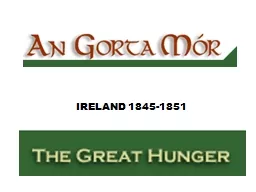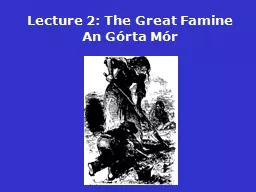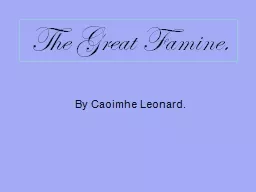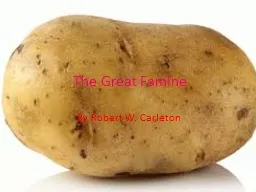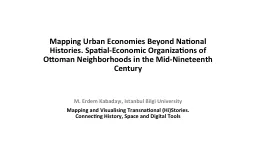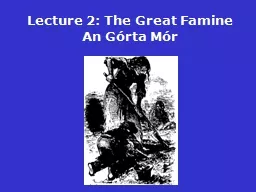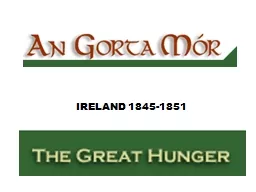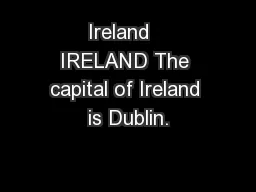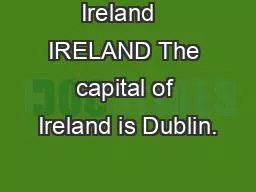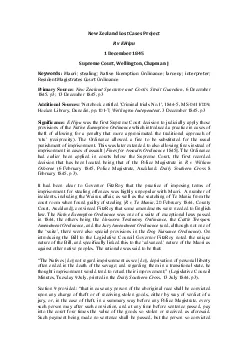PPT-IRELAND 1845-1851 Mother IRELAND
Author : stefany-barnette | Published Date : 2018-12-11
The Great Irish Hunger epoch changed the face and the heart of Ireland The Famineyielded like the ice of the Northern Seas it ran like melted snows in
Presentation Embed Code
Download Presentation
Download Presentation The PPT/PDF document "IRELAND 1845-1851 Mother IRELAND" is the property of its rightful owner. Permission is granted to download and print the materials on this website for personal, non-commercial use only, and to display it on your personal computer provided you do not modify the materials and that you retain all copyright notices contained in the materials. By downloading content from our website, you accept the terms of this agreement.
IRELAND 1845-1851 Mother IRELAND: Transcript
Download Rules Of Document
"IRELAND 1845-1851 Mother IRELAND"The content belongs to its owner. You may download and print it for personal use, without modification, and keep all copyright notices. By downloading, you agree to these terms.
Related Documents

